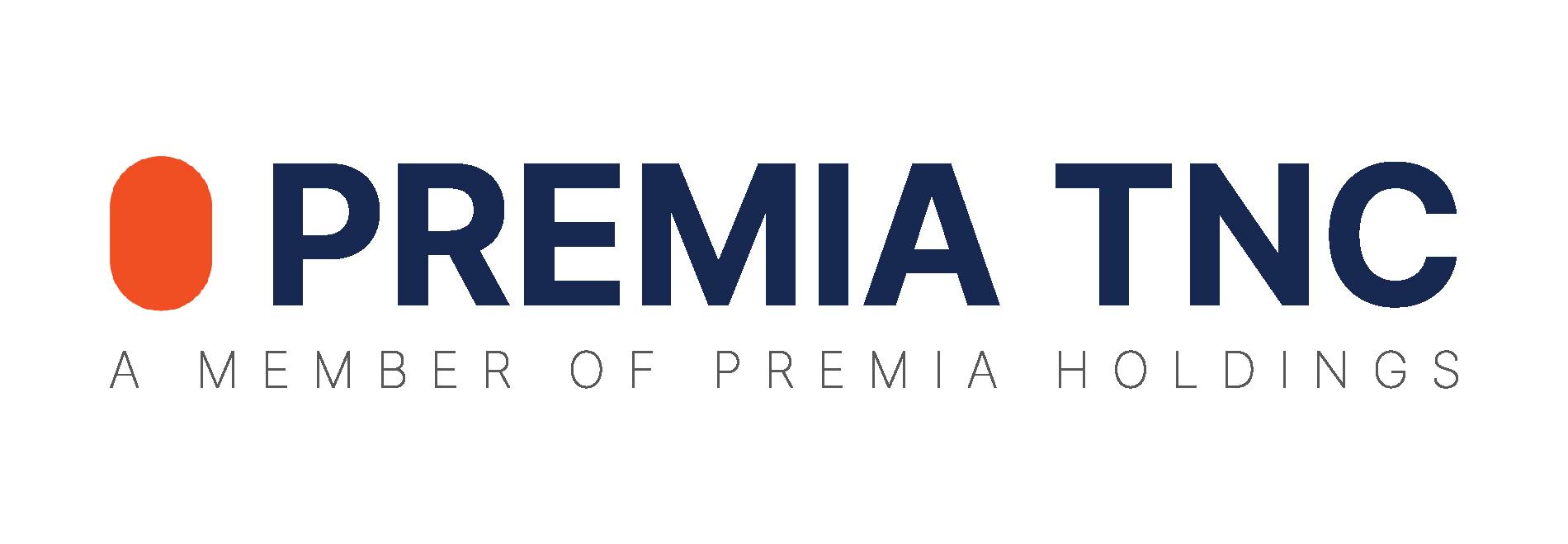Uplifting Lower-Wage Workers
Workfare and Progressive Wages stand as pivotal strategies aimed at uplifting our lower-wage workers. The Government will implement the following adjustments:
- Enhance the Workfare Income Supplement Scheme;
- Raise the Local Qualifying Salary; and
- Enhance the Progressive Wage Credit Scheme.
1. Enhancements to the Workfare Income Supplement Scheme (“Workfare”)
Workfare supplements the incomes and CPF savings of lower-wage Singaporean workers, motivating them to maintain regular employment. Eligibility for Workfare is automatically assessed based on CPF contributions, eliminating the need for employees to apply. However, self-employed individuals must declare their income and fulfill the necessary MediSave contributions to qualify for Workfare payments.
The enhancements to Workfare will be applicable for work carried out from 01 January 2025. These improvements are expected to benefit approximately half a million Singaporeans.
Enhancements to Workfare
- The qualifying monthly wage cap will be increased from $2,500 to $3,000. This adjustment accounts for the wage growth among Singaporean workers. Additionally, the higher qualifying monthly wage cap of $3,000 will also be applicable to the Workfare Skills Support scheme.
- Workfare payments will be increased to a maximum of $4,900 per year, representing a rise across all age brackets and wage levels. Eligible employees will now receive up to $4,900 annually, compared to the current $4,200 (refer to Table 1). Older workers and individuals with disabilities will still receive the highest payment amounts. For self-employed individuals, payments are set at two-thirds of the amount received by employees and will be accordingly raised.
Table 1: Maximum Annual Workfare Payments for Employees
Age Band | Before Enhancement (For Work Done from 1 Jan 2023 to 31 Dec 2024) | After Enhancement (For Work Done from 1 Jan 2025) |
30-34 | $2,100 | $2,450 |
35-44 | $3,000 | $3,500 |
45-59 | $3,600 | $4,200 |
60 & above | $4,200 | $4,900 |
All persons with disabilities | $4,200 | $4,900 |
2. Raising the Local Qualifying Salary (“LQS”)
As part of our Progressive Wages initiative, companies employing foreign workers must ensure that all their local employees receive at least the Local Qualifying Salary (LQS). The count of local workers earning the LQS is utilized to ascertain the company’s entitlement to a foreign worker quota.
The Local Qualifying Salary (LQS) undergoes regular reviews to align with wage growth, ensuring the ongoing upliftment of lower-wage workers while also maintaining controls on the foreign workforce.
The Government will increase the Local Qualifying Salary (LQS) from $1,400 to $1,600 per month. Firms employing foreign workers will be required to ensure that all their local employees are paid at least the LQS (or Progressive Wage Model wages where applicable):
- At least $1,600 per month for full-time local workers; or
- At least $10.50 per hour for part-time local workers.
The computation of foreign worker quotas will be adjusted accordingly with the introduction of the new Local Qualifying Salary (LQS):
- Each local worker who is paid at least $1,600 per month will count as 1 in the local workforce count.
- Each local worker who is paid at least $800 but less than $1,600 per month will count as 0.5 in the local workforce count.
These changes will be implemented starting from 01 July 2024.
3. Enhancements to the Progressive Wage Credit Scheme (“PWCS”)
The Progressive Wage Credit Scheme (PWCS) was introduced during Budget 2022 to offer transitional assistance from 2022 to 2026, aiding employers in adapting to the Progressive Wages initiative while also incentivizing them to voluntarily enhance the wages of their lower-wage staff.
Under the PWCS, wage increases provided by employers to resident lower-wage employees with gross monthly wages of up to $3,000 are co-funded. Each qualifying year necessitates an average gross monthly wage increase of at least $100. The co-funding for wage increases granted in each qualifying year will be extended for two years, provided the wage increase is sustained. This measure is designed to assist employers in managing the cumulative impact of yearly wage increases.
Increase in PWCS Co-Funding Support for 2024
To enhance support for employers in raising the wages of lower-wage employees, the co-funding support provided by the Progressive Wage Credit Scheme (PWCS) will be strengthened for wage increases given in the qualifying year 2024 (refer to Table 2). Furthermore, this enhanced co-funding support will also be applicable to wage increases granted in the qualifying year 2023 that are maintained in 2024.
Increase in Wage Ceiling for PWCS Co-Funding from 2025 Onwards
In qualifying years 2025 and 2026, the gross monthly wage ceiling for PWCS co-funding will be raised from $2,500 to $3,000 (refer to Table 2).
Table 2: PWCS Co-Funding Levels for Eligible Wage Increases from 2022 to 2026
Qualifying Year | Payout Period | Current | Enhanced | ||
First Tier: Gross Monthly Wage Ceiling ≤ $2,500 | Second Tier: Gross Monthly Wage Ceiling > $2,500 and ≤ $3,000 | First Tier: Gross Monthly Wage Ceiling ≤ $2,500 | Second Tier: Gross Monthly Wage Ceiling > $2,500 and ≤ $3,000 | ||
2022 | Q1 2023 | 75%1 | 45%1 | 75% | 45% |
2023 | Q1 2024 | 75%2 | 45%2 | 75% | 45% |
2024 | Q1 2025 | 30% | 15% | 50% (+20%-pt) | 30% (+15%-pt) |
|
| Single Tier: Gross Monthly Wage Ceiling ≤ $2,500 | Single Tier: Gross Monthly Wage Ceiling ≤ $3,000 (+$500) | ||
2025 | Q1 2026 | 30% | 30% | ||
2026 | Q1 2027 | 15% | 15% | ||
- Enhanced in June 2022’s support package, from 50% to 75% for the First Tier, and from 30% to 45% for the Second Tier.
- Enhanced at Budget 2023, from 50% to 75% for the First Tier, and from 30% to 45% for the Second Tier.
















